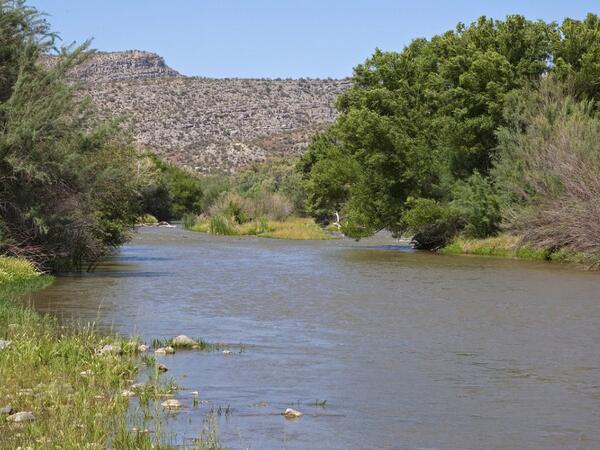
Bleak forecast for Colorado River runoff
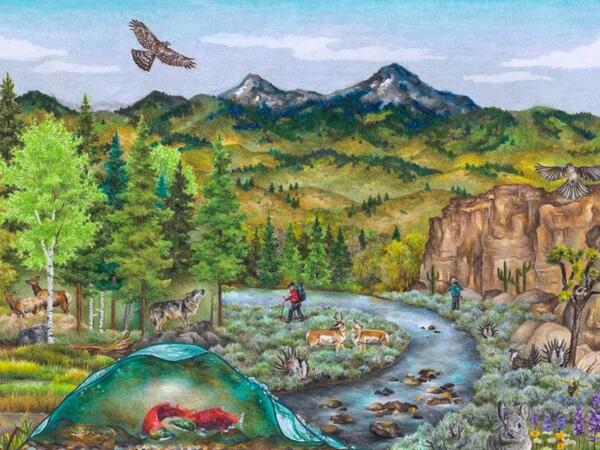
'The most patriotic thing': Arizona climate experts reel as Trump pauses volunteer report
"It's incumbent upon us to call out the reality behind the rhetoric here," Dave White, a professor at Arizona State University and director of its Global Institute of Sustainability and Innovation, told The Republic. "The Climate Assessment has, for all intents and purposes, been canceled."
White was the lead author on the Southwest Chapter of the Fifth National Climate Assessment, which was published in late 2023 and celebrated by President Joe Biden. "It is a patriotic duty and a patriotic responsibility," he said. "Many of us, including myself, are incredibly proud of that. These folks are doing this out of service to their country."
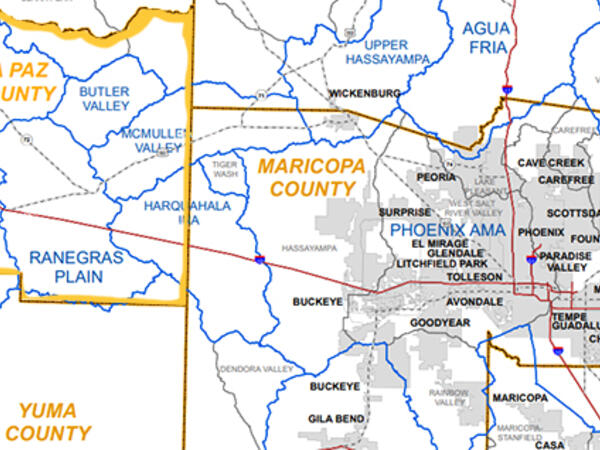
Workshop discusses local groundwater issues
“It has been a great joy working so closely with the folks in La Paz County on this workshop,” said Michelle Oldfield, the community engagement specialist for Impact Water. “We are excited to keep working with them as they find ways to protect their groundwater that make sense locally.”

Colorado River cuts should be shared basinwide, long-time water experts say in new report
“Sometimes when you’re really … into the weeds in negotiations, it can be possible to lose sight of those foundational principles,” Anne Castle said. Castle is one to know: She has held some of the biggest leadership positions in the basin.
Many of her co-authors have held similarly influential positions in the Upper Basin — Colorado, New Mexico, Utah and Wyoming — and the Lower Basin — Arizona, California and Nevada. They include John Fleck, Eric Kuhn, Jack Schmidt, Kathryn Sorensen and Katherine Tara.

Why Do We Keep Building Golf Courses in the Desert?
“I don’t think banning golf courses is in the cards at all,” says Sarah Porter, Director of the Kyl Center for Water Policy. In Palm Springs alone, golf tourism generates $1 billion annually. Entire communities, tax bases, and homeowner associations are built around these courses.
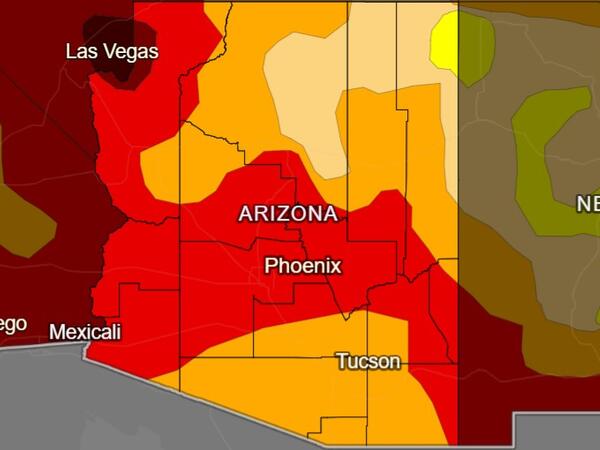
White House dismisses authors of major climate report
"I think the reason that Americans should be upset, and should be concerned about this decision, is because it's more than just a report," says Dave White, a sustainability researcher at Arizona State University who has worked on two previous editions of the National Climate Assessment.
The assessment is widely used by everyone from city planners to farmers to judges. "For example, city water utilities [use it] as they prepare to address the impacts of sustained drought," White says.
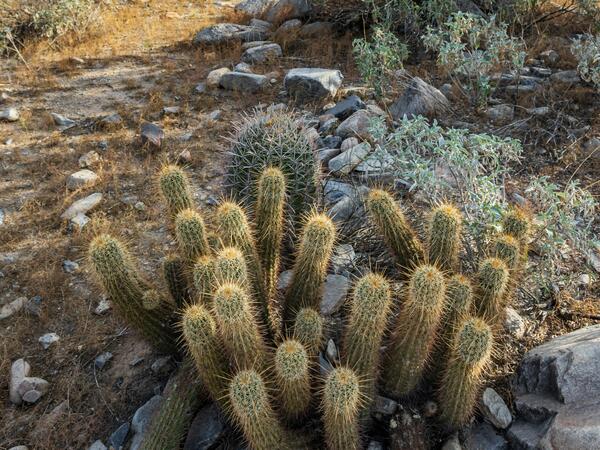
Trump dismisses contributors to key US report on climate crisis preparedness
Dave White, senior global futures scientist at Arizona State University, a lead author of NCA5, said the NCA “translates cutting edge science to inform American communities, including farmers, ranchers and businesses”.
“Dismissing its authors and cancelling its development undercuts decades of bipartisan progress,” White added. “This leaves the nation more vulnerable to extreme heat, water shortages, floods and other climate-related disasters. This decision is not only reckless, but also indifferent to the economic, environmental and human health impacts already occurring.”

The Trump administration just dismissed all 400 experts working on America’s official climate report
Dave White, director of the Global Institute of Sustainability and Innovation at Arizona State University, said there are some international and state-level climate reports that could fill in the gaps left by a scaled-back or canceled National Climate Assessment.
“I’m disappointed, upset, frustrated on behalf of not only myself and my colleagues, but also on behalf of the American communities that benefit from the knowledge and tools developed by the assessment,” White said. “Those will be taken away from American communities now.”
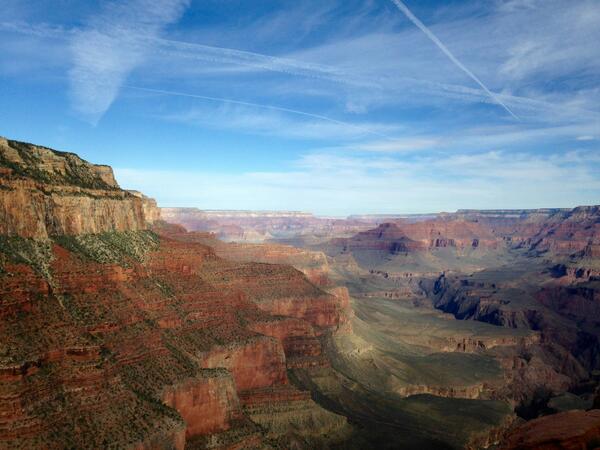
What happens when Colorado River drought plans end in 2026?
As states begin negotiations over new water agreements, Cynthia Campbell, director of policy innovation for the Arizona Water Initiative said the uncertainty surrounding 2026 means Arizona is starting to consider options.
“There are scenarios where you could be talking about at certain times of the year, or maybe on an ongoing basis, there might be such low levels of water in the canal that you don’t have enough head to operate the water treatment plant,” said Campbell.

5 takeaways from the Society of Environmental Journalists conference at ASU
“We not only want to be able to eat but we want to eat for generations and generations and generations, not just for this generation,” said Jay Famiglietti, a Global Futures professor in ASU’s School of Sustainability, where he serves as the director of science for the Arizona Water Innovation Initiative. “As the surface water disappears because of the Colorado River stream flow, we’re going to be putting more pressure on our groundwater."